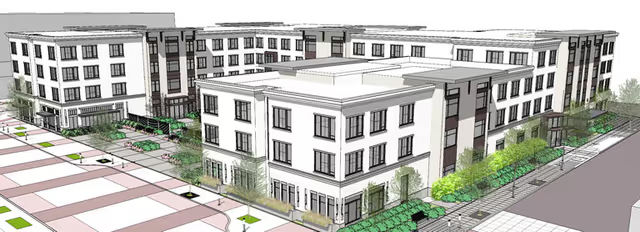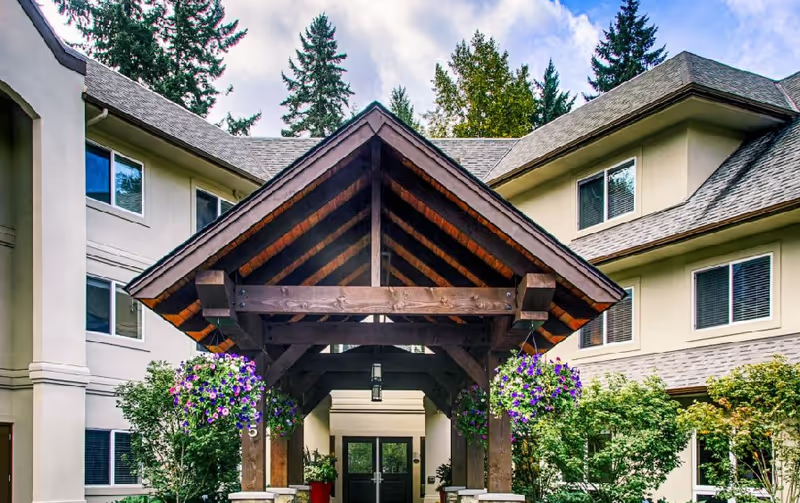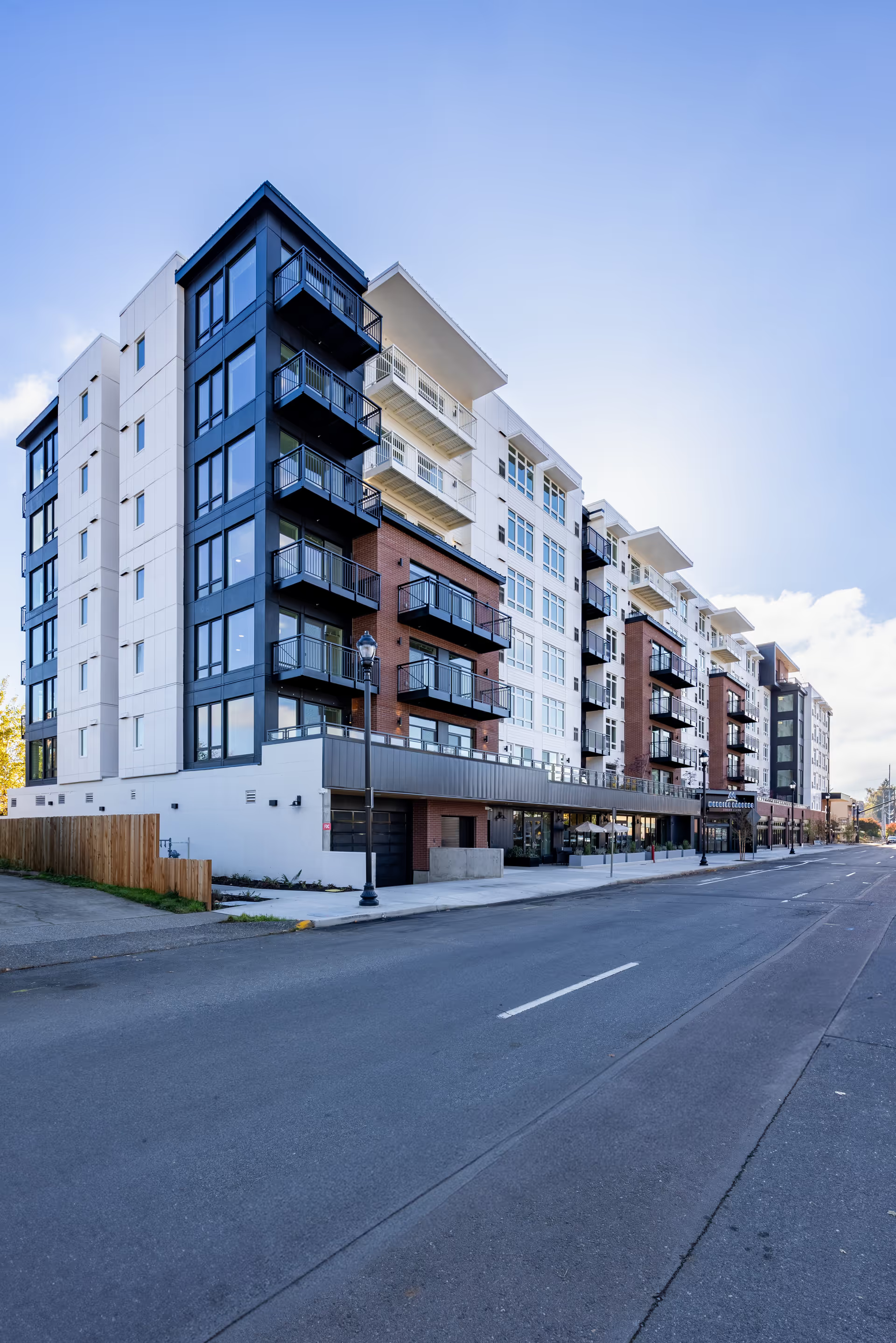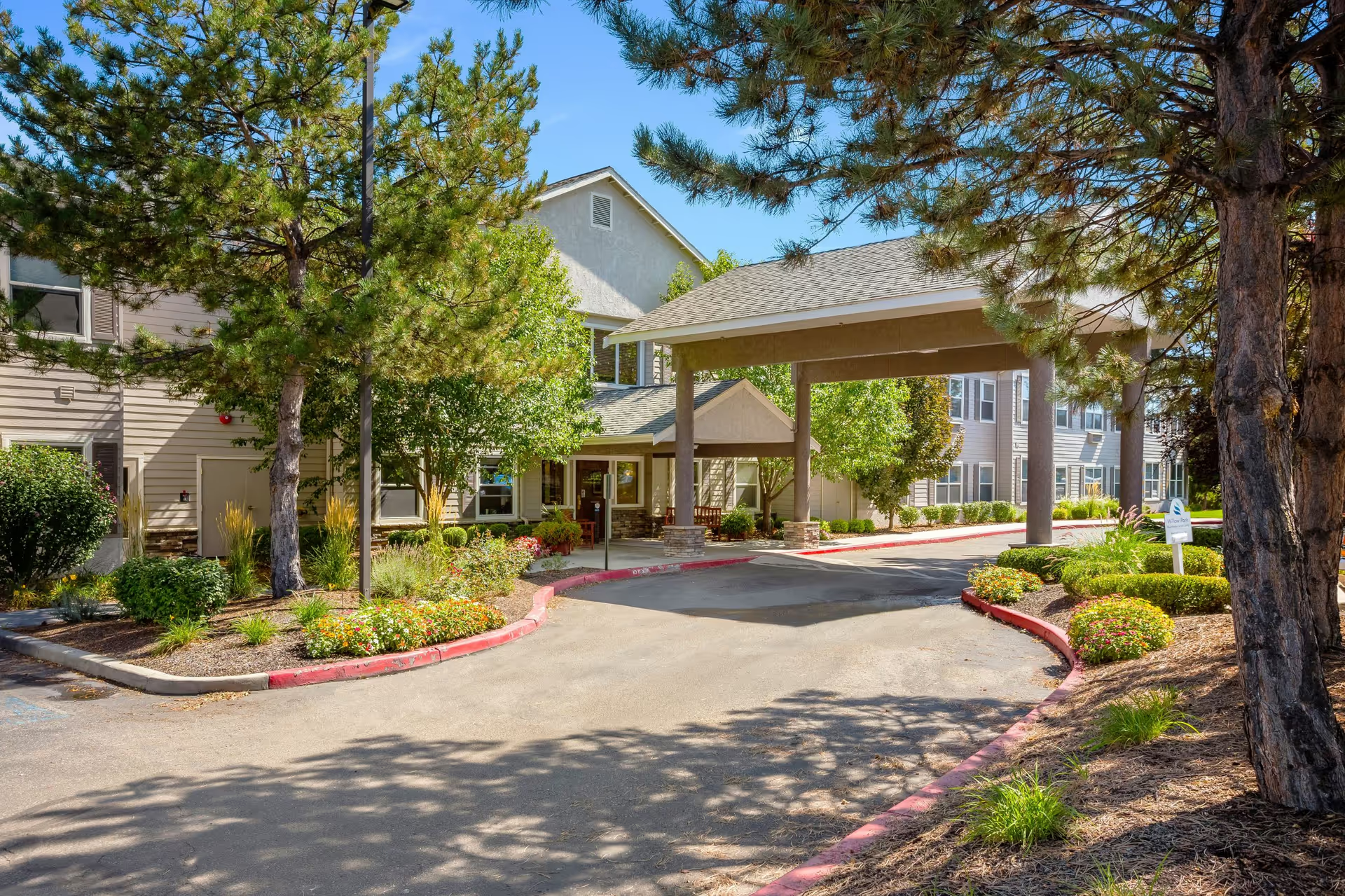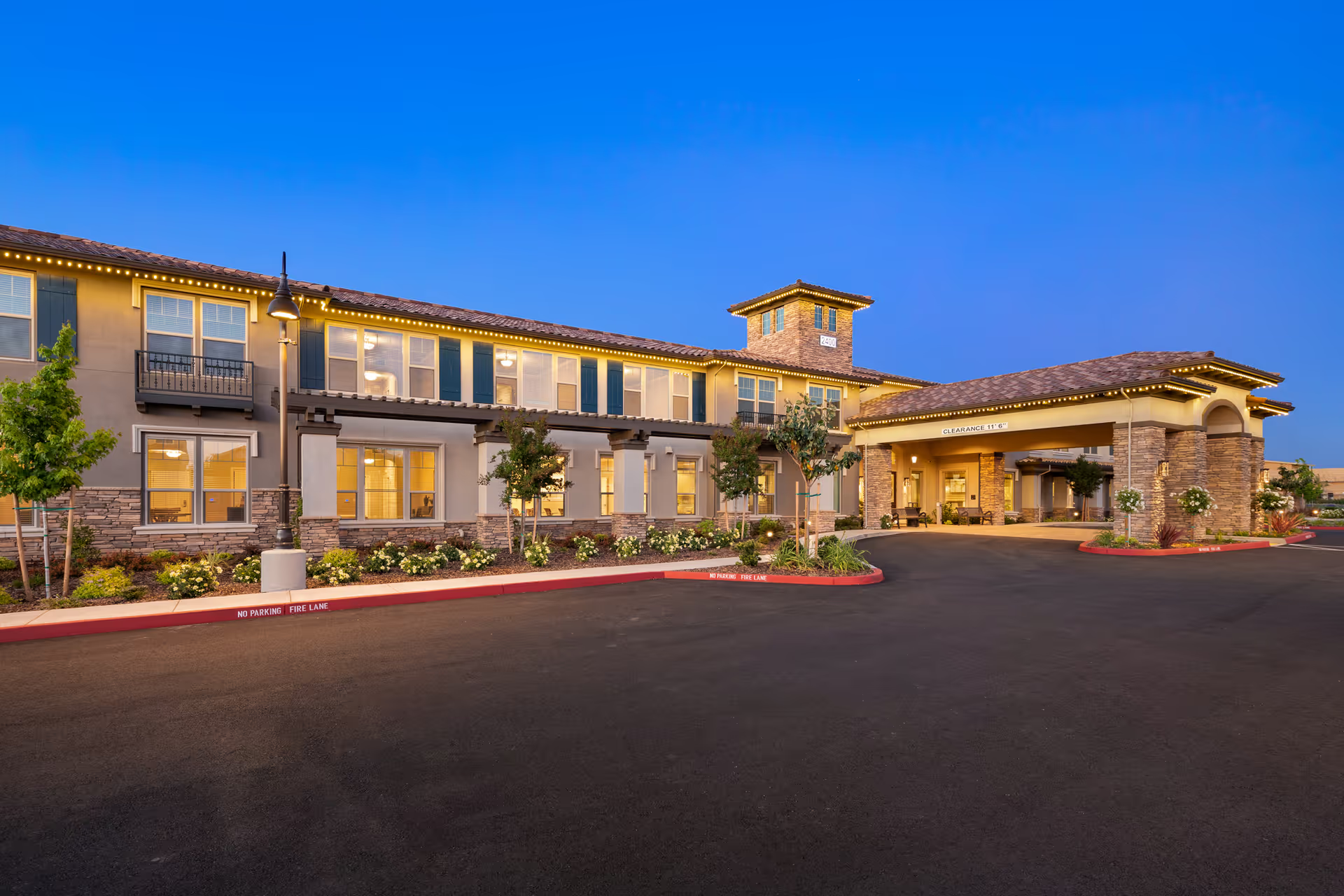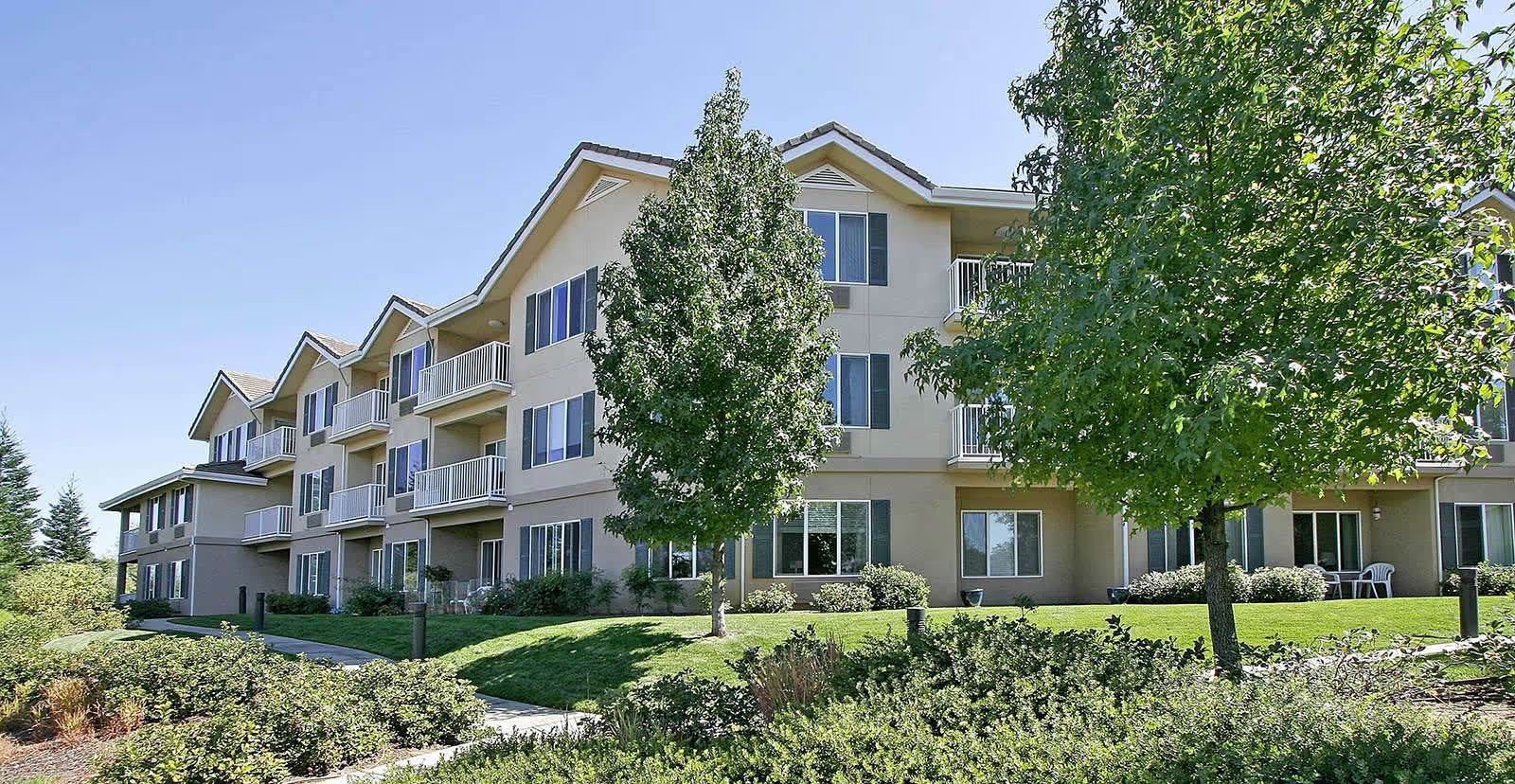The reviews present a strongly mixed picture of Maple Creek Senior Living, with clear strengths centered on caregiving and serious concerns focused on the physical plant, amenities, and some management/sales interactions. The dominant positive theme across multiple summaries is the quality of the staff and the care delivered: reviewers repeatedly call the staff "amazing," emphasize a focus on residents' health and happiness, and report high overall resident satisfaction. Several summaries explicitly praise staff attentiveness and the overall care environment, and at least one reviewer says they would be willing to live there. These comments indicate that, for many residents and families, Maple Creek's day-to-day care and interpersonal interactions with staff are major assets and may outweigh other shortcomings.
However, facility- and amenity-related complaints are frequent and specific. Multiple reviews describe the building as old and dated (specifically a 1940s structure), with very small apartment units. Several summaries note the lack of in-unit kitchen facilities or even a refrigerator and the presence of an "external bathroom" rather than a private, in-suite bathroom—details that materially affect quality of life and independence for residents. Reviewers also describe an unmaintained or neglected appearance, which contributes to a perception that the physical environment does not match the standard implied by the cost: multiple comments state the community is expensive despite these dated conditions.
Dining and daily living options are also noted as limited; reviewers mention restricted dining choices, which could be an important factor for prospective residents who value meal variety or have dietary needs. The combination of limited dining, small units without basic kitchen appliances, and an aging building suggests that Maple Creek may be better suited for residents whose primary needs are good hands-on care rather than modern apartments or extensive amenities.
There is a notable contrast between the positive assessments of care/staff and the most severe negative reviews. While many reviews praise the staff and report positive overall experiences, a subset of reviews are strongly negative and include serious allegations: one summary calls the facility "horrible," claims the facility neglects residents, and accuses management of treating staff horribly. Another review is described as strongly discouraging but gives no specifics. These negative summaries introduce a significant red flag: either experiences vary widely between different residents or units, or there are intermittent lapses in management or care that have strongly affected some reviewers. Because the negative reviews include serious accusations but limited detail, they are difficult to reconcile directly with the numerous positive staff-focused comments, but their presence should not be ignored.
Management and sales interactions also appear as an explicit concern in at least one review: an "uncomfortable sales interaction with owner/nurse" was reported. This suggests potential issues with how prospective residents and families are approached, and it may also reflect broader cultural or leadership problems if the owner or clinician involved behaved inappropriately. Such interactions can strongly color first impressions and may indicate areas where communication and transparency should be evaluated more carefully.
Overall, the pattern in these summaries is one of a facility with a clear strength in caregiving personnel and resident-facing care quality, combined with tangible shortcomings in building condition, apartment size and amenities, dining options, and at least occasional management or cultural problems. For prospective residents or families, the reviews suggest that the biggest trade-off at Maple Creek is between high-quality personal care and a dated, possibly poorly maintained physical environment with limited in-unit amenities. Given the mixed and sometimes contradictory reports—high praise for staff alongside severe allegations of neglect and poor staff treatment—any decision should be informed by a focused in-person visit, inspection of typical apartments, direct questions about bathroom and kitchen arrangements, sample meal observations, and discussions with current residents and staff about staffing levels, turnover, and management practices. Additionally, asking for references, reviewing inspection reports, and clarifying contract terms and pricing will help reconcile the positive caregiving reports with the significant facility and management concerns raised in these reviews.

